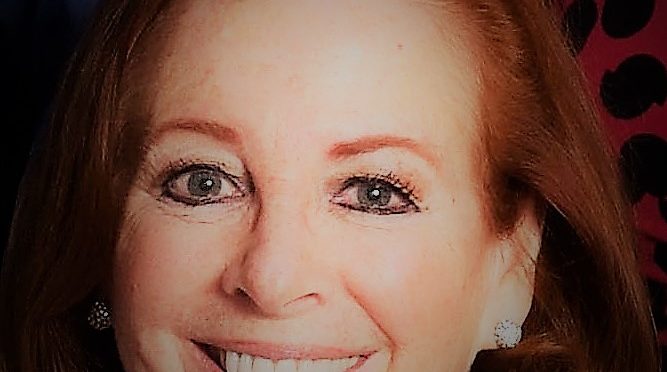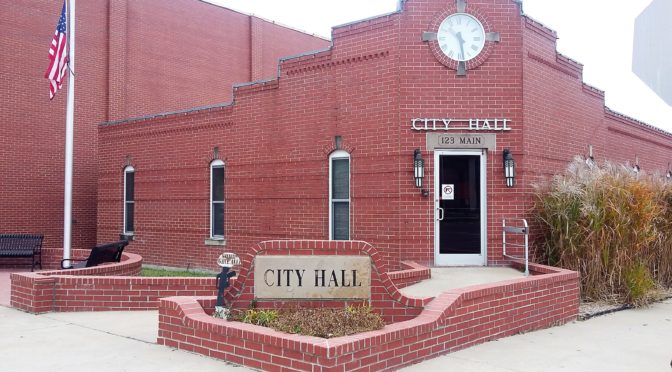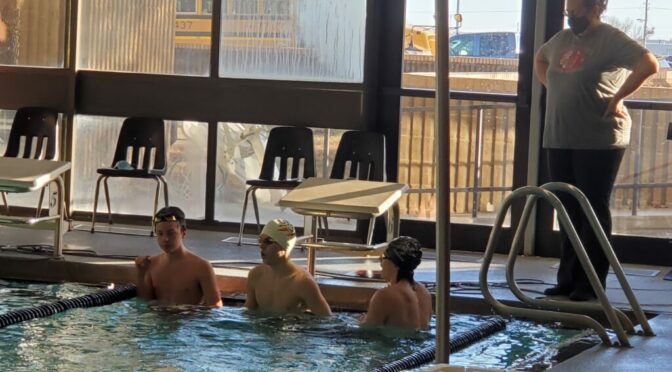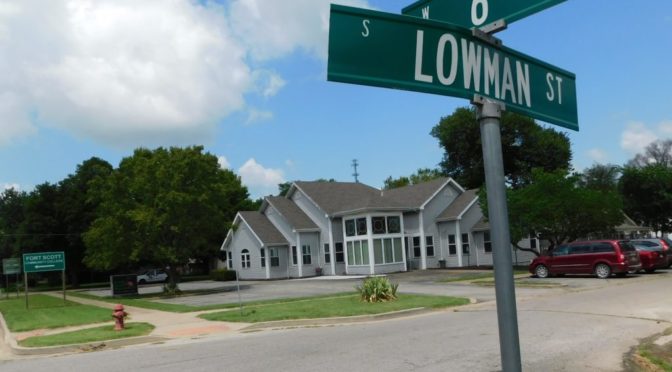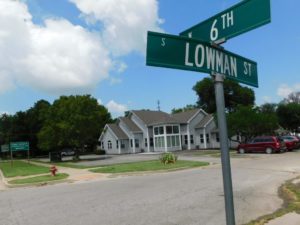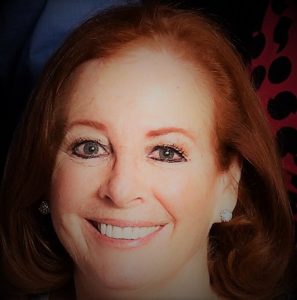
The confused, American woman asked me to help her fill out the form needed for her passport permit. Her adult son was too busy, I guess, as he spent his time in line perusing his leather-covered folder which contained every possible document (including multiple copies) to make him legal in Mexico. “Dan and Ruth” told me that they were on a mission trip.
Dave and I were driving to Mazatlán and were crossing into Mexico at the Columbia, Texas, border, notorious for little traffic and hassle-free trips. Not this time. The line of cars was crazy- long, and since only one lane was open, we had no choice but to pull in behind the other hundred vehicles waiting their turn. After fifteen minutes of not moving, an impatient truck driver behind us zigzagged out of line, followed by several dozen other drivers, determined to squeeze in at the front. At this rate, we wouldn’t cross into Mexico until 2021.
All along the line, passengers began exiting their vehicles, paperwork in hand, so that while the driver waited to pull forward, they could be inside having their passports, etc. checked. I did likewise. The drivers who had cheated by pulling around us had created a monster.
(How is it that some people think they are above the rules?)
Once inside, I waited in line for my passport to be checked. That’s where I met Dan and Ruth. When my paperwork was completed, I was told that I needed copies and had to get into line #2 where, for a fee, all of our documents were copied and snacks were sold. Once finished, I noticed Ruth in the middle of the copy line. Overly-prepared Dan was meandering about, double-checking his multiple copies, and that’s when I sprang into action. “Dan, Ruth doesn’t have to stand in line. You have copies of everything, so you’re set.”
He excitedly told Ruth that they could bypass line #2 and go directly to Line #3. Once she exited the line, thanking me profusely, an official asked if they had a copy of the passport document they received in line #1. No, they didn’t have that copy. Only the original. Well, then, they needed to get in line #2 to get it. I avoided eye contact.
Line #3 had about 50 people ahead of me…definitely the longest line because that’s where all of our documents were checked and verified and where I noticed that the buddy system was alive and well. Waiting people who had bypassed the #2 line handed their paperwork to a friend who then joined the #2 group. Only they didn’t just join it. They crowded in the front of the people who had been waiting patiently (like Ruth). Not only did they get copies, they loaded up on bags of snacks. Seriously…were Dan, Ruth and I the only ones for whom the rules applied? Why weren’t more people like us? Examples of preparedness and patience.
After an hour wait, it was my turn to stand behind the plexi-glass window and pray that I had all the legal paperwork I needed. Title to car and copy of title. Check. Passport and copy of passport. Check. Permit to enter Mexico and copy of permit to enter Mexico. Check. Mexican insurance forms. Check. So far, so good.
“What is your license plate number?”
No check. “I have no idea.”
“Well, Senora, I have to have it.”
I phoned Dave who, I imagined, still had to be in the car line. He didn’t answer. I called again. Same result. I texted. He called me. I accidentally hung up on him. I refused to turn around, knowing I would be the recipient of well-deserved glares as I held up the line. Murmurs could be heard: “Why is it some people think they have the right to get in line before they are prepared?” Granted, it was in Spanish, and they could have been asking for some Cheetos, but I’m pretty sure that’s what they were saying.
In Matthew 7:1 Jesus told his followers, “Do not judge so that you will not be judged,” a scripture many people in line that day needed to heed. Just glad that didn’t include me.
